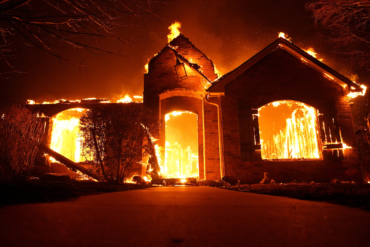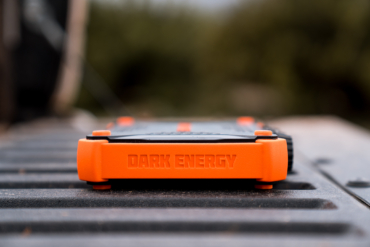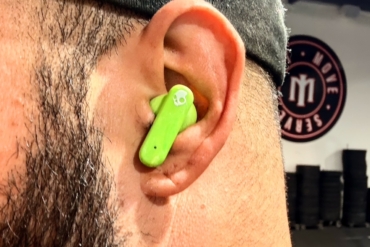The humble flashlight ain’t what it used to be. A weak yellow glow from a small bulb is what we grew up with. Today, handheld flashlights can rival the brightness that comes from the headlight of a car.
L.E.D. technology replaced bulbs years back in most all flashlights made for the outdoors. But the steady march of technology has let L.E.D. makers net designs that are smaller, brighter, and more efficient each year.

One case study is the LD41, a metal flashlight from Fenix Lighting LLC. I have used this “torch” in the woods at night for the past month, its beam cutting dark air for hundreds of feet ahead.
It weighs about 9 ounces with batteries and measures about 6.9 inches in the hand. The light takes four AA batteries, and at its top level it shines at a quoted 520-lumen rating. (Translation: Mega-bright.)
This brightness metric is not uncommon. That includes headlamps and bike lights, too. Companies from Fenix, to Light & Motion, to Surefire now offer relatively small lights that out-blaze the large “light cannon” units stocked with D batteries from a few years back.
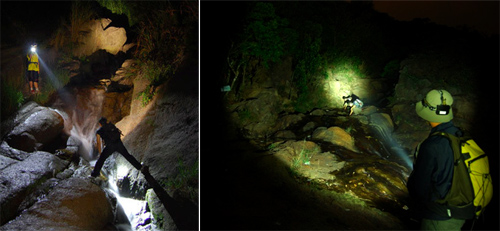
Fenix rates its LD41 as being able to illuminate more than 600 feet into the distance. In my tests, that stat seemed about right. The light is indeed overkill in many scenarios, making me dial back the light to one of its lower settings when hiking.
A note on my light usage outdoors: I am something of a nighttime wilderness junkie, spending hours in the dark woods on adventure races and for other events. Over the past couple years I’ve adopted a system of using a headlamp as my primary, always-on light source. I put this at a low setting so it can run for hours.
A larger, higher-power flashlight is then my secondary light source. I have it readily accessible but not always on — it comes out when I need a spot beam to see far ahead, or if I am confused at a trail junction or natural feature and need to truly ignite the scene.

Pelican Products makes another L.E.D. torch I’ve used heavily for a year. Its 7060 flashlight is built of a hard plastic with a trigger on the side and on the end cap.
It has an integrated rechargeable battery pack. Like the Fenix light, the Pelican has enough brightness for navigation, searches, or for spotting the source of that creepy stick-cracking sound in the woods during the night.
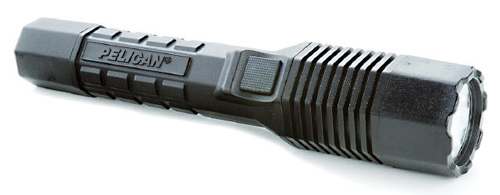
Cost has come down significantly in the world of lights. I remember $500 flashlights from not too long ago that were dimmer than the Fenix or Pelican products in this column.
Today, the massive brightness is still not cheap. But for around $100 you can buy a handheld torch like the Fenix LD41 (which actually costs about $80) or the Pelican 7060 that can almost turn night into day.
I use my high-power flashlights to navigate in the woods at night. As noted, I wear a headlamp and keep a flashlight in hand or in a pocket for quick access. The big flashlight beam lets me trek or even run through a forest and see just about as well as I can when the sun is up.
—Stephen Regenold is founder and editor of www.gearjunkie.com.


